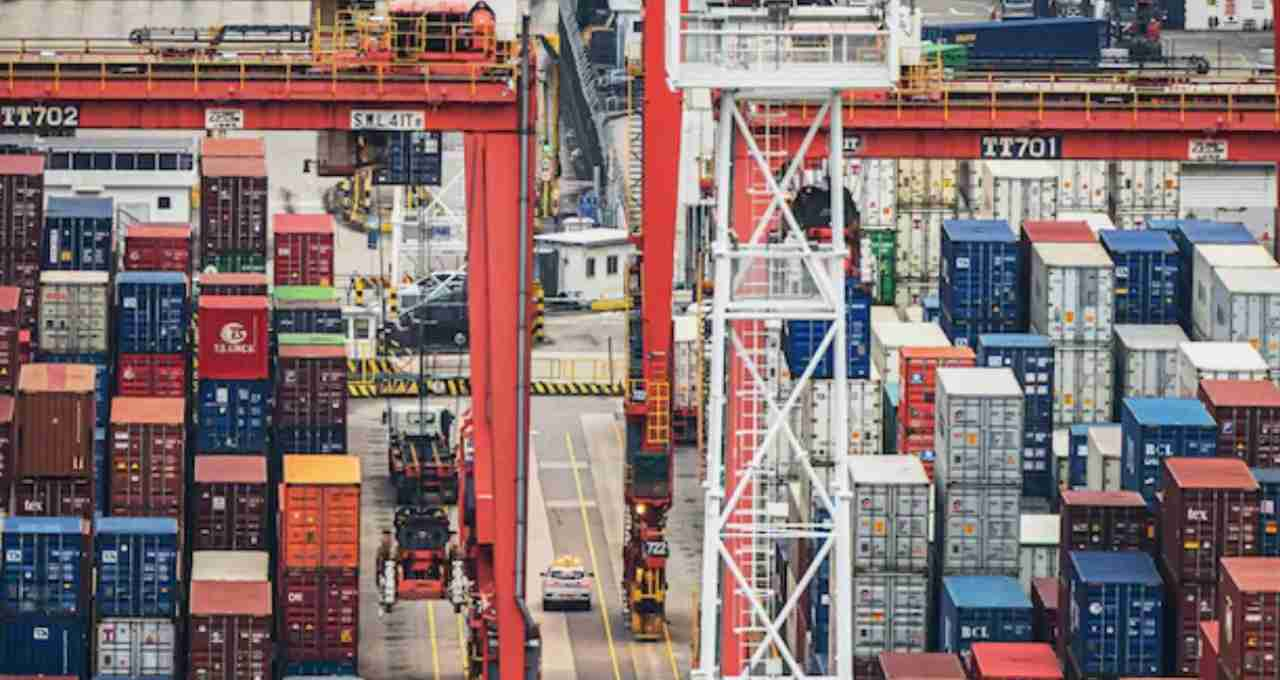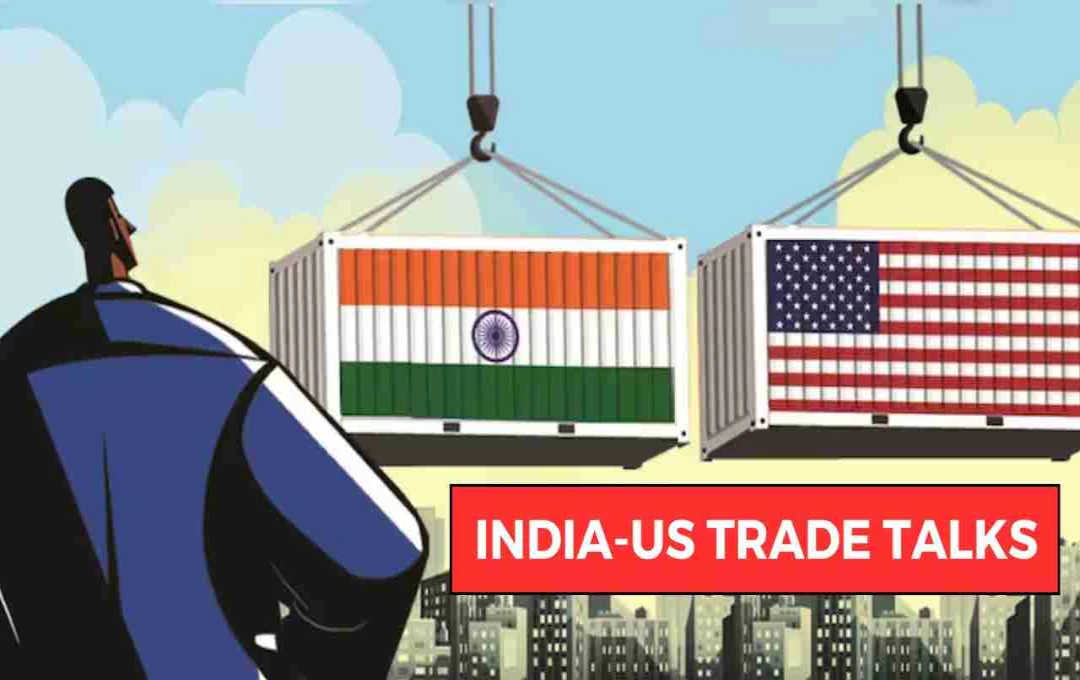Trump Imposes 27% Tariff on Imports from India, Impacting Electronics and Jewelry Industries, but Offering Relief to Pharma and Textiles. Potential Impact on India-US Trade Agreement.
India-US Trade: US President Donald Trump announced a new 27% tariff on all imports from India. This decision could significantly impact several Indian industries, while others may benefit. Experts believe this decision could have long-term repercussions on India-US trade relations.
India-US Trade: What Does India Buy and Sell?
India primarily exports pharmaceuticals, telecom equipment, gems and jewelry, petroleum products, gold, and cotton textiles to the US. The US purchases significant quantities of these products, benefiting Indian companies considerably. Conversely, India imports crude oil, coal, petroleum products, electronic machinery, and aerospace equipment from the US. A trade imbalance consistently exists, with India exporting more to the US than it imports.
Which Industries Will Suffer the Most?
The new tax will most significantly impact the Indian electronics and gems and jewelry industries. The US annually purchases approximately $14 billion worth of electronics and $9 billion worth of gems and jewelry from India. The previously lower taxes on these goods will now be increased by 27%, making it challenging for Indian companies to compete in the US market. This could lead to decreased exports and threaten thousands of jobs.
However, the auto parts and aluminum industries have received some relief, as they are not included in the 27% tariff. However, these sectors already face a 25% tax, posing an ongoing challenge.
Which Products Are Exempt from the Tariff?

Pharmaceutical and energy products are exempt from this new tax. India exports approximately $9 billion worth of pharmaceutical and energy products to the US annually. However, the Trump administration previously discussed imposing taxes on these products, leaving open the possibility of future tariff increases.
Additionally, other products have received relief, including copper, semiconductors, wood, and precious metals. Certain energy and mineral products unavailable in the US are also excluded.
Will the Indian Textile Industry Benefit?
India's textile industry may benefit from this decision rather than suffering losses. The US has imposed heavy tariffs on clothing from Vietnam (46%), Bangladesh (37%), and China (34%). The lower tariff on India could provide the Indian textile industry with greater opportunities in the US market.
However, the Indian textile industry contributes only 2% to the nation's GDP, compared to 11% for Bangladesh and 15% for Vietnam. Therefore, despite potential gains, the overall economic impact on India will be limited.
How Does India's Situation Compare to Other Countries?
The Indian government is analyzing the impact of the new tax. According to the Ministry of Commerce, the decision is not entirely detrimental to India, and the effects will be mixed. Some sectors will be affected, while others will benefit.
The US has imposed even higher taxes on other countries: 34% on China, 24% on Japan, 36% on Thailand, 24% on Malaysia, 32% on Taiwan, and 25% on South Korea. Vietnam has been hit the hardest, with a 46% tariff. These higher taxes on other nations may provide Indian companies with opportunities to increase their market share in the US.














